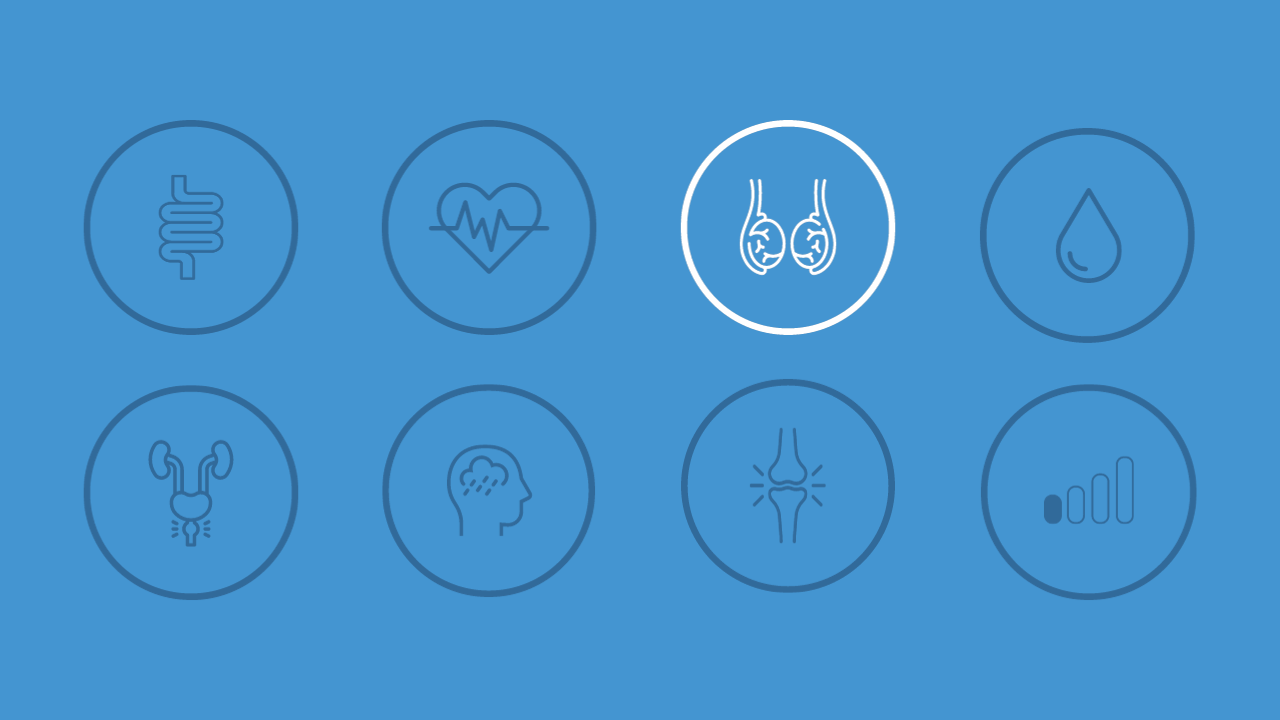Testicular cancer is the most common cancer in men 15 to 35 years of age
Canadian Cancer Society
What is testicular cancer?
Testicular cancer occurs when cancer cells form in one or both testicles, which can grow into life-threatening tumours over time. It is one of the most treatable cancers when caught early.
The most common type of tumour (seminomas) grows slowly and is curable in nearly all cases. Men are encouraged to self-screen for testicular cancer every month by checking their testicles for swelling, lumps, tenderness or any other new changes.
Sign & Symptoms
Testicular cancer in its early stages may not cause any symptoms. Monthly self-screening and regular health checkups are critical to catching testicular cancer as early as possible. In later stages of disease, when spread outside of the scrotum testicular cancer can present with an abdominal swelling, persistent dull ache in abdomen or groin, pain in the back or swelling of the breasts.
The most common symptoms of cancer in a testicle include:
- A change in the size, shape or firmness of one or both testes
- A painless lump in the testicle
- A dull pressure, pain or discomfort in the lower back, belly, or groin
- A heavy feeling in the scrotum
- A build-up of fluid or swelling in the scrotum
Risk Factors
There is no known cause of testicular cancer, however there are risk factors that can increase the chances of developing it. If you’ve had testicular cancer in one testicle, your risk also increases of developing it in the other one.
Common risk factors include:
- Men ages 15 – 35
- Ethnicity: more common in white men
- Undescended testicle at birth
- Family history of testicular cancer
- Being overweight or obese
Know Your Health Risk
In 10 minutes, learn your risk level for the 8 most common health conditions affecting Canadian men. Men’s Health Check is free, anonymous and backed by medical experts.

Screening
Testicular cancer may be the most common form of cancer among young men, but it’s also one of the most treatable when caught early.
Canadian Cancer Society
Testicular cancer can be caught early through regular self-exams.
How to do a testicle self-exam:
- In or immediately after a warm bath or shower, Roll each testicle gently but firmly between your thumb and fingers of both hands. Look and feel for any changes such as swelling, a lump or tenderness in the ball itself.
- Lumps can be pea-size or larger and are usually painless
- It is normal for one testicle to be a bit larger, and to feel a small cord at the back of each testicle (the soft cord that carries sperm).
If you feel or see any changes, contact your healthcare practitioner for an examination.
Download the Men’s Health Checklist for a full list of what tests you need, and when to screen for common men’s health conditions.
Diagnosis
Testicular cancer is diagnosed by a healthcare practitioner, starting with a review of your health history and a physical exam. If any abnormalities are found in a physical exam, specific testicular blood tests and an ultrasound will confirm the presence, size and shape of a tumour, and the likelihood of it being cancerous.
If the healthcare practitioner believes a testicular tumour is cancerous, surgery is performed to remove the testicle and spermatic cord. A biopsy is performed on the removed testicle to confirm cancer, and what type it is. A biopsy of the testicle is not usually performed before surgical removal, as it could cause cancer to spread to the scrotum and lymph nodes.
Further diagnostic testing, such as a CT scan, will also be performed to determine if the cancer has spread to other parts of the body.
Prevention
There is no known way to prevent testicular cancer, which is why it’s important to know your risk factors and perform monthly testicular self-exams.
Treatment
Testicular cancer treatment depends on the type and stage of the cancer. Following surgical removal of the testicle (“orchiectomy”), this may involve radiation treatment, chemotherapy or additional surgery to remove the lymph nodes in the back of the abdomen (“retroperitoneal lymph node dissection”) for the more aggressive forms.
In stage 1 of seminoma testicular cancer (the most common type), the preferred treatment option is surgery to remove the testicle, followed by active monitoring and check-ups. There is a low risk the cancer will come back when caught and removed at this stage.
Frequently Asked Questions
Sources :
A Guy’s Guide to Eating Healthy
Make healthy eating easier with simple dietitian tips, food facts and recipes made for men.

proudly sponsored by:

Last updated: Sept 15, 2023
Disclaimer: This resource is intended for informational and educational purposes only. It is not intended to provide diagnosis or be a substitute for professional medical advice from a healthcare practitioner. You should not use the information provided for diagnosing or treating a medical or health condition. If you have or suspect you have a medical or health problem, promptly consult your healthcare practitioner.

